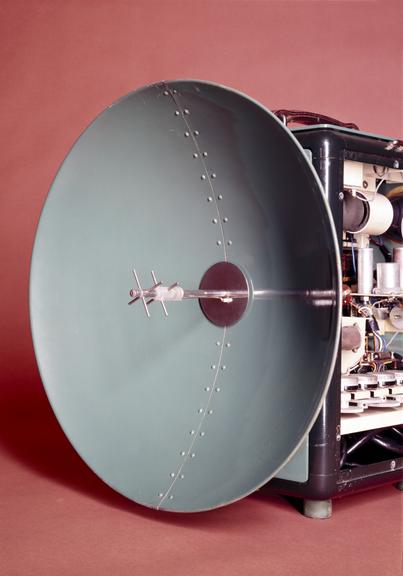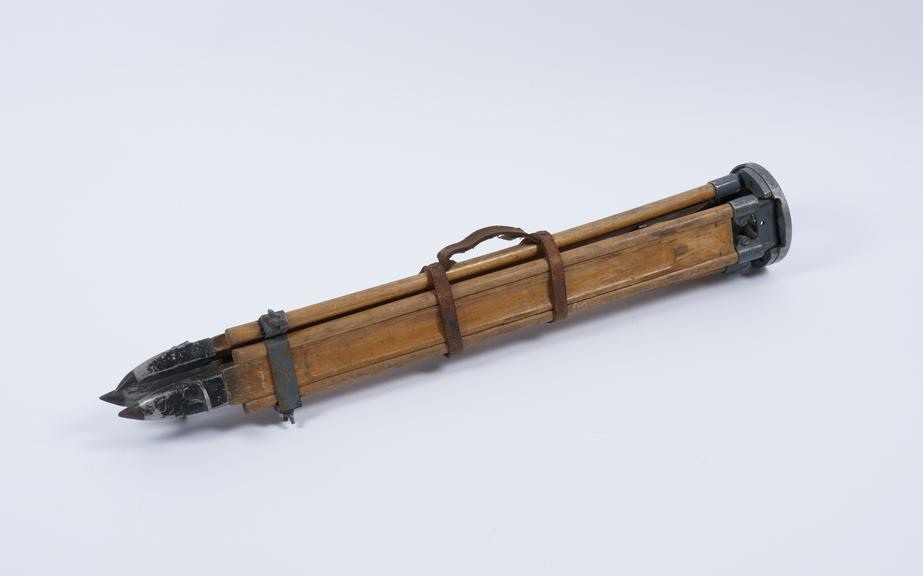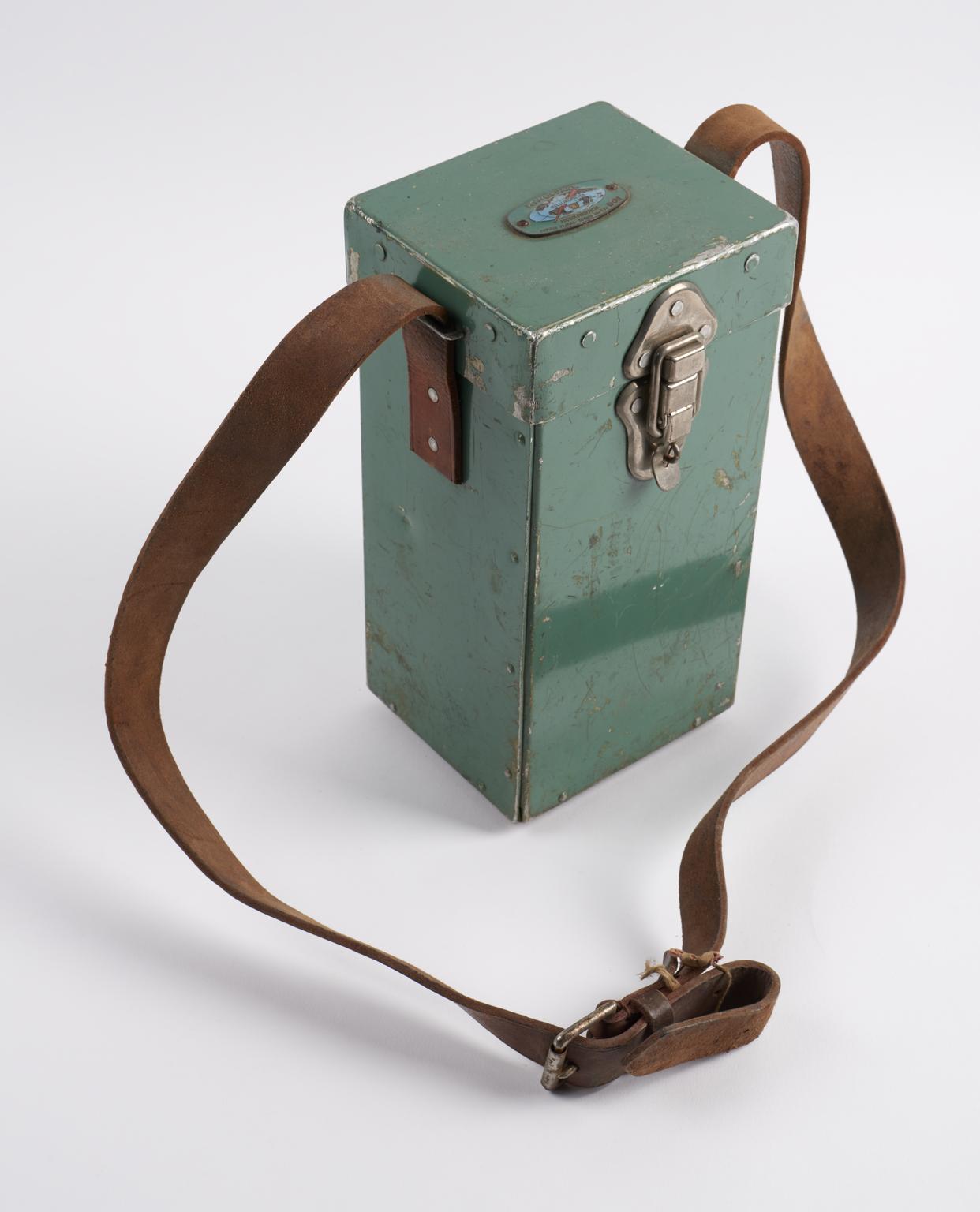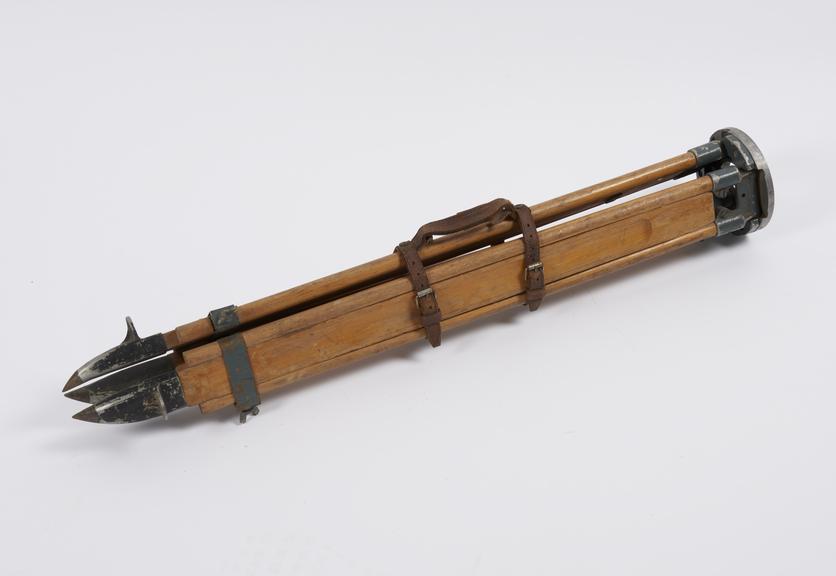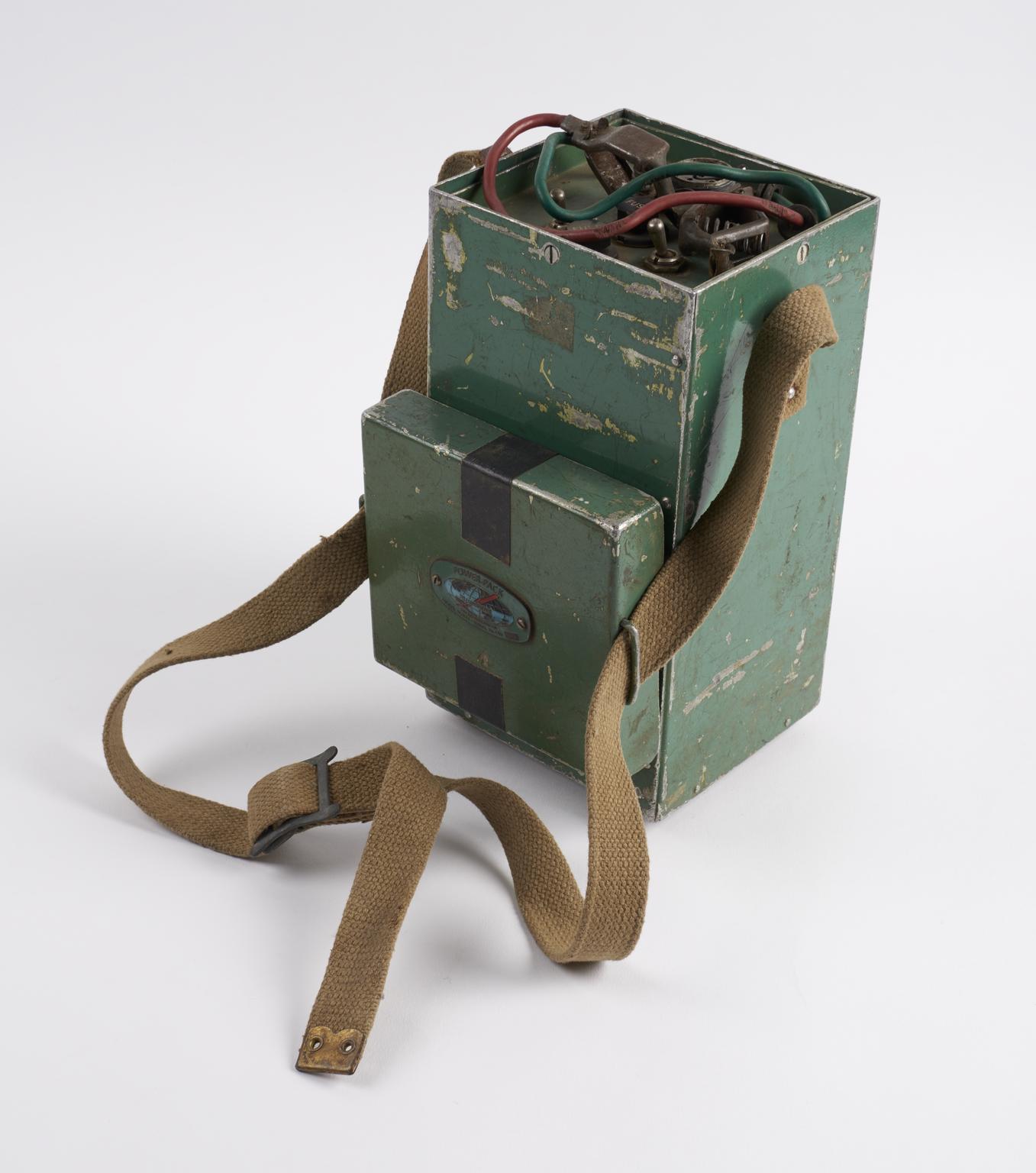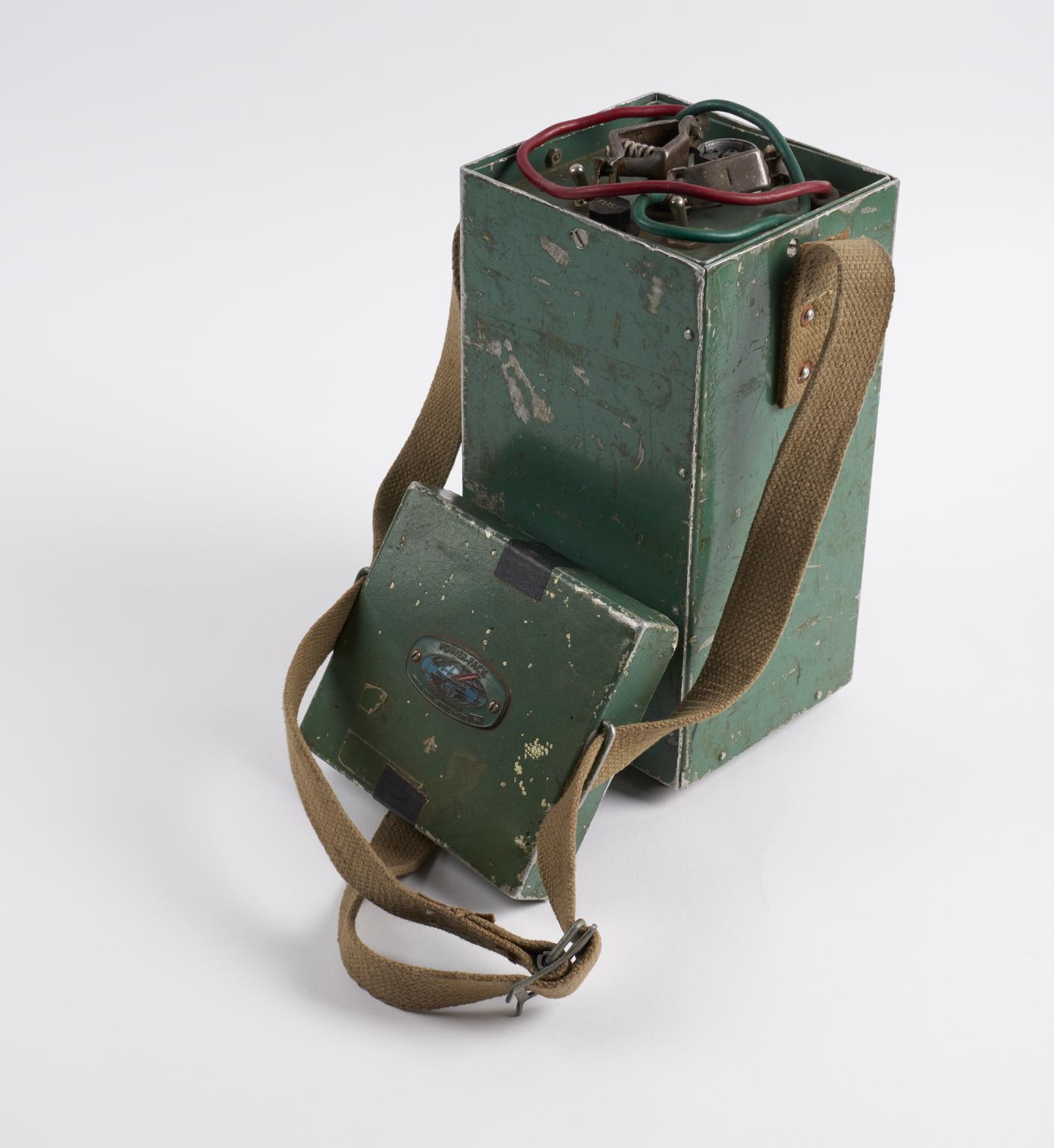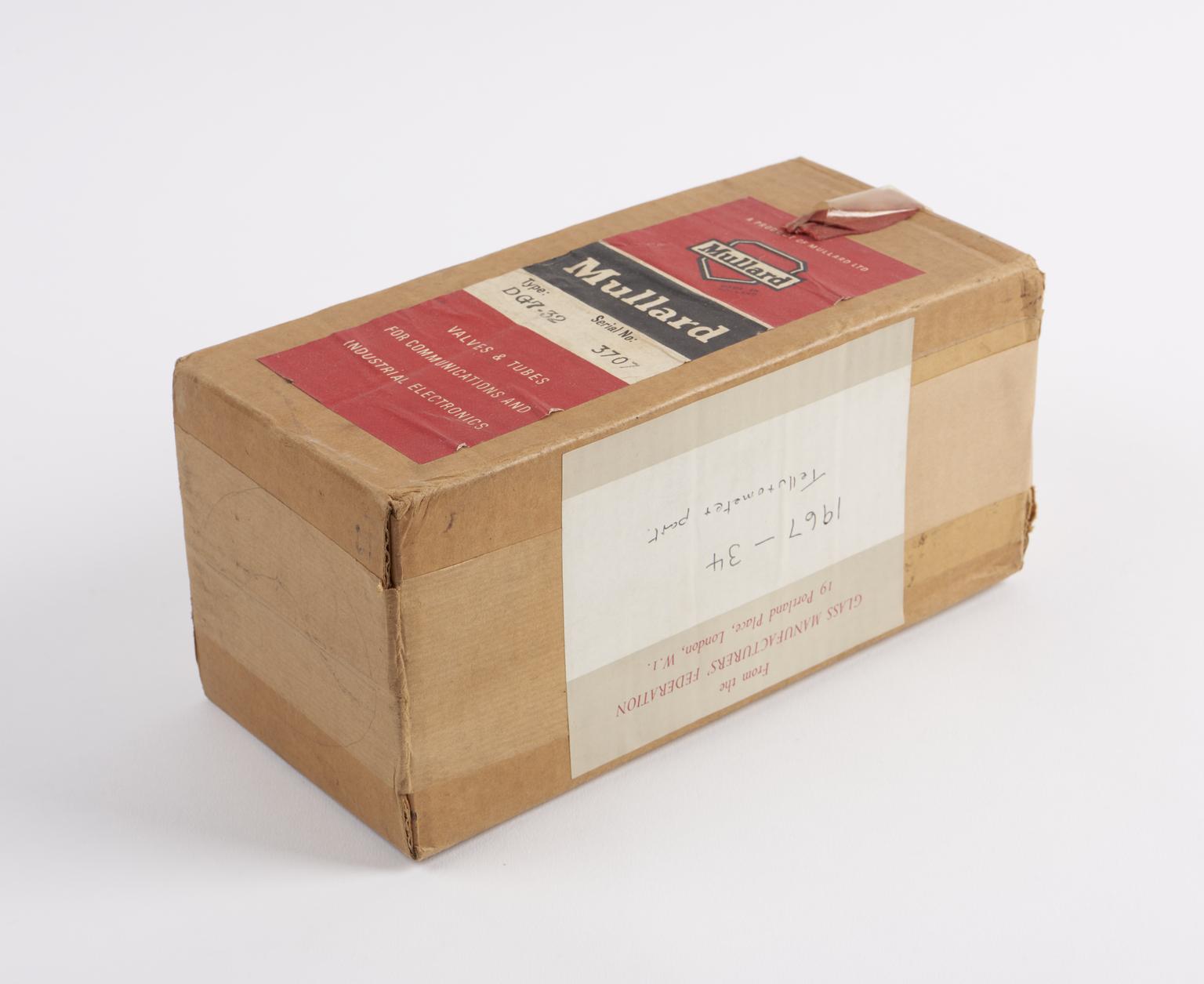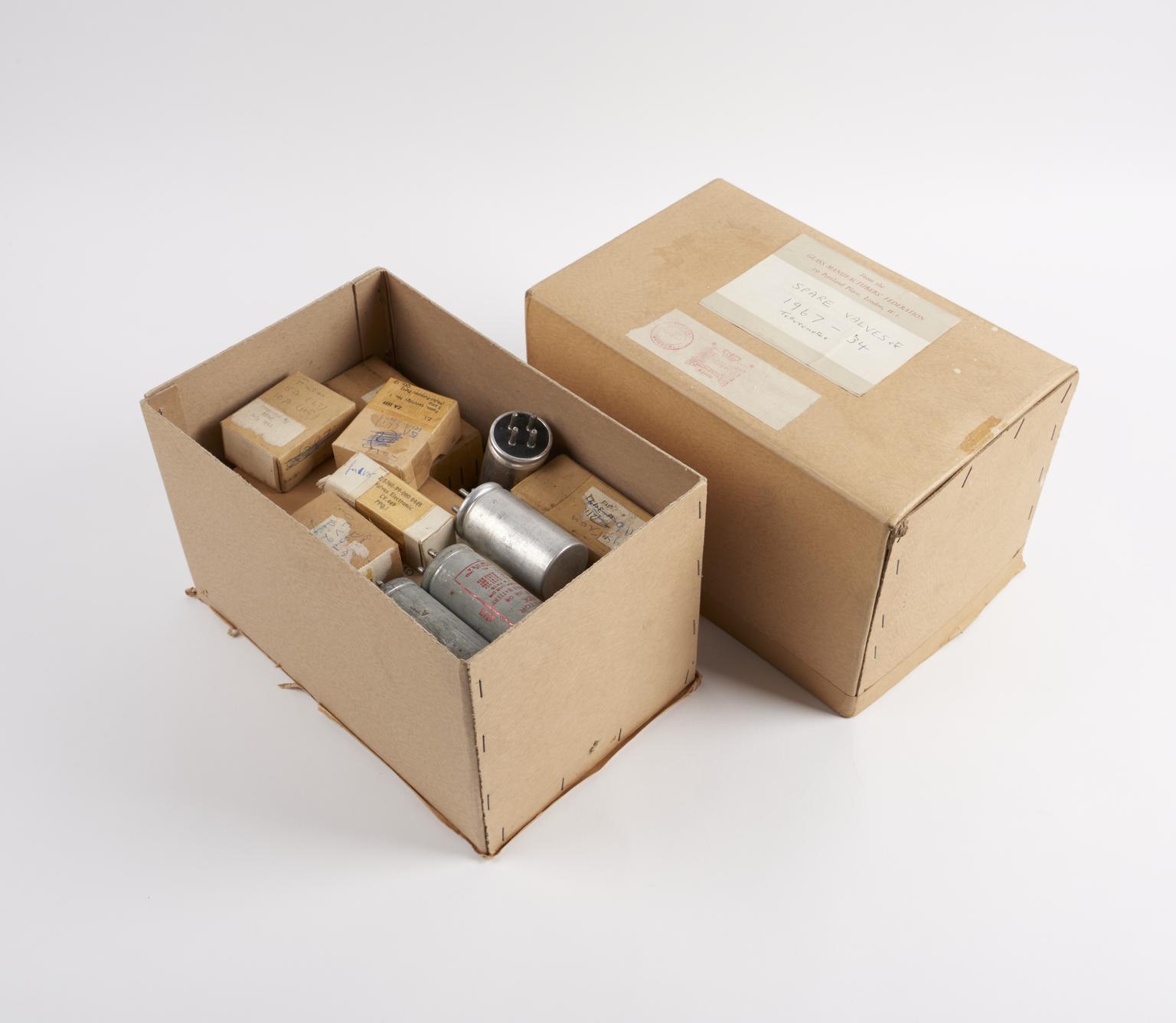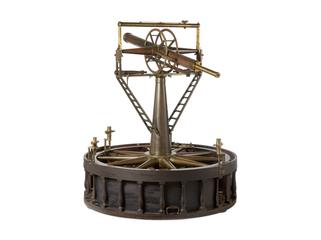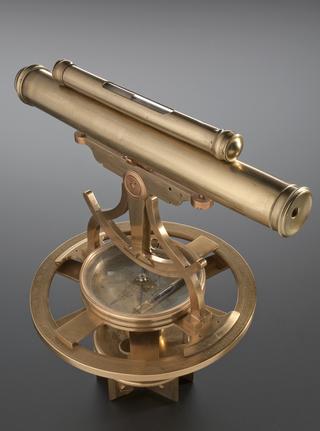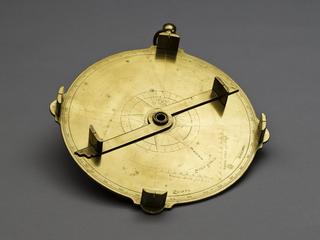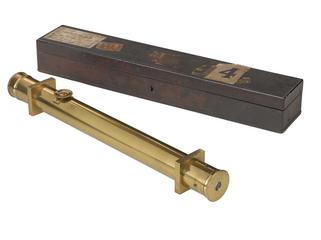MRA 1 tellurometer set: master and remote instruments, accessories, c. 1960
T L Wadley designed the tellurometer in 1957, to measure long distances over undulating countryside with an accuracy of a few centimeters in about 20 kilometers. A transmitter was set up at one end of the line and a reflector/retransmitter at the other re-radiated the message beam. A side panel has been removed for display purposes.
The early measurement of base lines made with chains, rods and bars were suspect since changes in length caused by differences in temperature could be assessed with accuracy only under conditions which could never be realised in the field.
An important advance was made by T. F. Colby in 1827 when he designed his compensation bars, a piece of apparatus made to provide two points separated by a known distance which did not vary with changes in temperature. Although reliable, the apparatus was cumbersome and difficult to use under field conditions. It was not until the alloy invar became available in 1896 that rapid and comparatively easy measurements of base lines could be made with wires or tapes which were virtually unaffected by changes in temperature.
